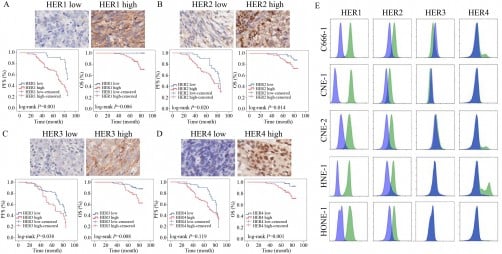Aroxybutynin and Atomoxetine Show Promise for Sleep Apnea Relief

Combination therapy involving arozybutynin and atomoxetine (known as AD109) has demonstrated significant improvements in patients with obstructive sleep apnea (OSA) during a recent phase 3 clinical trial. The results were presented at the American College of Chest Physicians (CHEST) 2025 Annual Meeting held in Chicago, IL. Findings from the SynAIRgy trial indicate that this dual treatment could offer substantial benefits for a growing number of patients suffering from OSA.
The 26-week trial assessed the effects of AD109 on the apnea-hypopnea index (AHI) scores, a critical measure of the severity of sleep apnea. The study involved a total of 639 participants, who were randomized to receive either AD109 or a placebo. Eligible patients included those who were intolerant to or refused positive airway pressure (PAP) therapy, had a baseline AHI of ≥5, a PROMIS-Fatigue score indicating significant fatigue-related limitations, and specific body mass index (BMI) criteria.
Investigator Patrick J. Strollo, MD, who is a professor of medicine at the University of Pittsburgh, led the study. The results revealed that participants receiving AD109 experienced a notable reduction in AHI scores. In the modified intention-to-treat (mITT) cohort, the AHI decreased from a median of 19.3 events per hour at baseline to 10.6 by week 26 among those taking AD109. In contrast, the placebo group showed minimal change, starting at 19.2 and only reducing to 18.0.
The trial showed a 55.6% improvement in AHI for the AD109 group compared to the placebo, with statistical significance (P < .0001). Furthermore, the intention-to-treat (ITT) analysis demonstrated that the treatment group had a significant AHI reduction of -3.3 versus a slight increase of 0.7 in the placebo group (P = .001). In addition to the primary efficacy endpoint, researchers noted significant improvements in secondary endpoints, including the oxygen desaturation index (ODI) and relative changes in hypoxic burden. Participants receiving AD109 also reported substantial reductions in fatigue and sleep impairment scores. While the treatment showed promise, adverse events were reported by 71.4% of participants in the AD109 group, compared to 47.3% in the placebo group. The most frequently reported side effects included dry mouth, insomnia, nausea, urinary hesitation, constipation, and somnolence, each affecting more than 5% of participants. Importantly, no serious treatment-related adverse events were recorded. Strollo and his colleagues concluded, “AD109 led to clinically meaningful and statistically significant improvement in AHI compared to placebo. Overall, AD109 was well-tolerated. This phase 3 trial demonstrates that AD109 provides therapeutic benefit for participants with mild-to-severe OSA across a range of weight classes.” The findings support Apnimed’s plan to submit a New Drug Application (NDA) to the U.S. Food and Drug Administration (FDA) for the combination drug in early 2026. As the prevalence of obstructive sleep apnea continues to rise, the potential for AD109 to enhance treatment options is timely and significant for both patients and healthcare providers.






